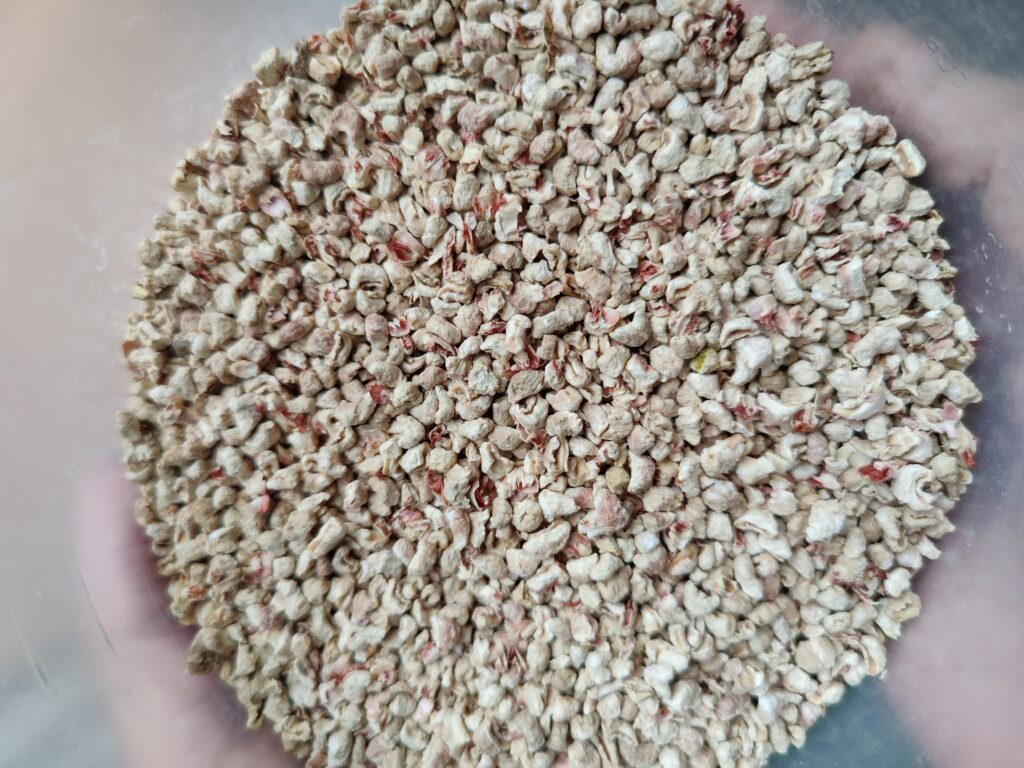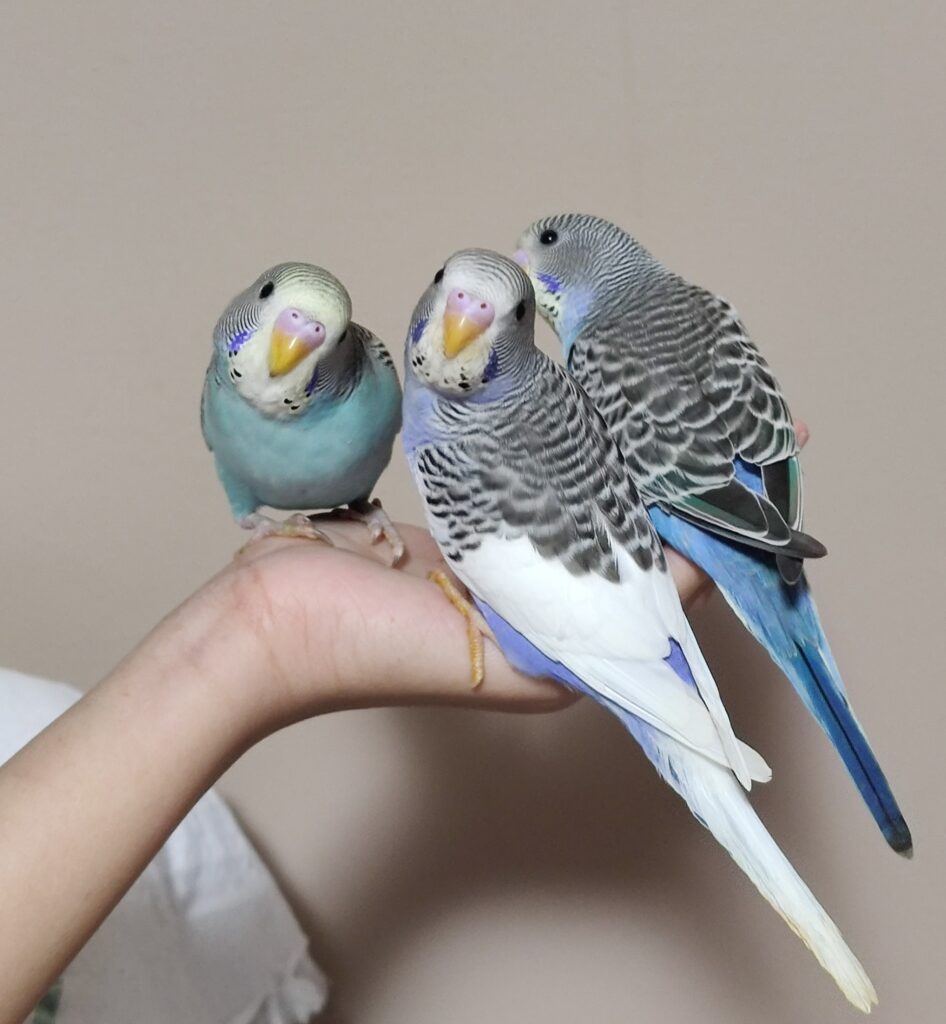“It is not only fine feathers that make fine birds“
Aesop
Choosing a handfeeding formula
There are several brands available for handfeeding formula in the market like Tropican, Kaytee, etc. If you are picking up baby bird from anyone else, it is key to understand the brand that is already being used so that you can use the same brand. This ensures that the baby bird does not face problem because of change in formula.
How to mix formula
Formula needs to be mixed with warm water.
If using microwave to boil water, it is advisable to use ceramic bowl and warm up the water to around 42 degree Celsius or slightly more. This will help in mixing the formula easily.
After mixing the formula, temperature of the mix needs to be between 38 and 40 degree Celsius. If the temperature less than 38, the bird will not show interest and if it is more than 40, it will be fatal. So it is imperative to maintain the correct temperature range preferably using a thermometer.
Consistency of the mixed formula needs to be like apple sauce or slightly dilute depending on the age of the baby.
Few tips: Always mix food completely and beware of hot spots. It will take a minute to fully moisturize with water.
Few warnings: Overheated food can burn delicate mouth, throat and crop tissues of the baby bird. Formula is a complete diet. Do not dilute the formula with other foods. It will cause the dietary balance to be lost and the resulting mixture may become deficient in vital nutrients.
Feeding & Weaning
There are 2 methods of feeding. One is using syringe and another with spoon. Anyone of these methods can be used depending on one’s comfort level.
When to start handfeeding: Typically people start between 2 and 3 weeks of age. For the initial 2 days of handfeeding, baby will not accept the formula readily which will change after 2 days typically.
Schedule: Initially, feeding schedule is 4 times a day in equal intervals with 8 to 10 hours break at night. This break is to ensure that the food is completely digested which can be inferred from the empty crop. Once the baby starts taking the food well, frequency of feeding will be 3 times a day in equal intervals with 8 to 10 hours break at night continued. When the baby is 5 weeks old, usually the baby bird will take its first flight with its newly grown feathers. That is the stage to transfer to cage. Formula will still be needed but at a reduced frequency of 2 times a day at morning and night. At this stage, a small strand of spray millet, seeds and crushed pellets need to be kept in the cage to help the baby bird transition to solids.
Once the baby starts eating solids, it will lose interest in the formula. That is the stage to decrease the feeding frequency to once a day which will be just at night. After few days, the baby will lose interest in the formula completely. That is the stage to stop feeding the formula completely.
During handfeeding stage, it is essential that any leftovers of mixed formula is not refrigerated or reused. It needs to be discarded.
Also, the bird gets really messy during handfeeding. The mess needs to be wiped-off using dry soft tissue gently and keep the baby warm. If there is little bit of dried formula left on the baby which usually happens at the chest and below the beak, the bird will preen and clean itself when it grows up.
![]() Usually formula comes in packet. It might be a good idea to transfer the contents to an air tight container.
Usually formula comes in packet. It might be a good idea to transfer the contents to an air tight container.
Quantity: People use different methods to feed to ensure expected quantity of food is fed. Method which we typically use is to feed using handfeeding spoon. When the baby had enough, it will literally run away. Some start showing less interest and play around the table. This is an indication that they had enough. It is also a good idea to check the crop.
Keeping the baby bird
When very little: One of the important things to take of at this stage is to keep the baby warm. This helps in digestion. There are many different methods available to achieve this. Typical method is to use a plastic container with bedding material. Pine shavings, aspen shavings, corn cob are some of the examples for bedding materials. There is paper bedding available too, but it is not advisable since it will absorb the poop and keep the baby cold.


Dimension of plastic container is typically 3/4 feet by 3/4 feet. Height needs to be atleast 1/2 feet so that the bird does not come out of the container.
Baby poops a lot and wets the bedding. So the wet bedding needs to be replaced with fresh dry ones whenever the baby is taken out from container for feeding.
The container needs to be placed in a slightly dark and less noisy area preferably. Lid needs to have a little opening for air circulation. Towel over the box helps keep the box warm. In terms of placement of container, it is advisable to keep away from vents and direct sunlight.
![]() Post feeding time is the best time to bond with the bird.
Post feeding time is the best time to bond with the bird.
When the baby starts flying: Baby grows fast. When the baby bird flaps its wings and takes its first flight, it is an indication to transfer to a cage. Even after transferring to the cage, it will need warmth. So it is better to use a blanket to cover all sides of the cage except the front during daytime and all sides including the front at night.
![]() Having a night lamp at night instead of pitch dark might be a good idea.
Having a night lamp at night instead of pitch dark might be a good idea.
Important: There are 2 important things to take care of at handfeeding stage. One is temperature of the formula and another is how warm the environment is where the baby is kept.

Leave a Reply